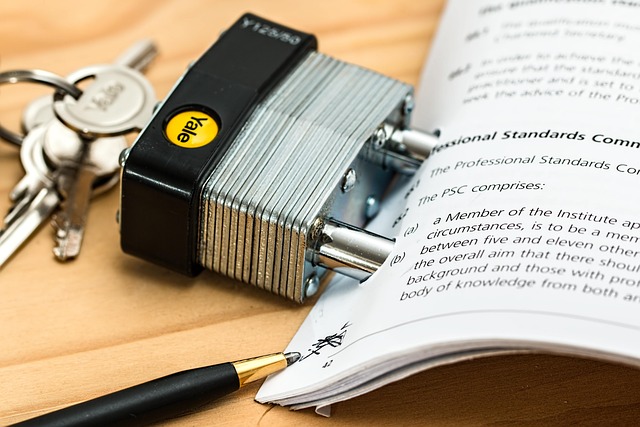10 Essential Tips for External Data Protection: Safeguarding Your Information
In today’s interconnected world, external data protection is more crucial than ever. Businesses and individuals alike rely on external systems, cloud storage, third-party vendors, and shared networks to handle sensitive information. However, this convenience comes with risks—making safeguarding your data a top priority.
If you’ve ever felt uneasy about the safety of your information outside your immediate control, you’re not alone. Understanding how to protect data beyond your internal environment can transform that anxiety into confidence. Here are ten essential tips to help you safeguard your information and ensure robust external data protection.
1. Encrypt Data Before Transmission
Whether sending files to a third party or uploading to the cloud, always encrypt your data. Encryption makes your information unreadable to unauthorized users, serving as the first line of defense against interception.
2. Use Strong Authentication Measures
Multi-factor authentication (MFA) adds an extra security layer beyond passwords. Ensuring that only authorized users can access external data resources reduces the risk of breaches significantly.
3. Vet Third-Party Vendors Thoroughly
Your data is only as secure as the partners who handle it. Conduct rigorous assessments of vendors’ security policies and practices to verify they meet stringent data protection standards.
4. Regularly Update and Patch Systems
Security vulnerabilities can emerge in any software. Regular updates and patches are crucial to defend against exploits that could compromise your external data protection efforts.
5. Limit Data Access on a Need-to-Know Basis
Minimize exposure by granting access to external data only to individuals who require it for their work. Reducing the number of access points shrinks potential attack surfaces.
6. Implement Robust Data Backup Strategies
External disruptions such as cyber-attacks or system failures can lead to data loss. Regular backups, preferably stored in different locations, ensure recovery without significant downtime or data breaches.
7. Monitor External Data Transfers Constantly
Keep an eye on data moving in and out of your network. Automated monitoring tools can alert you to suspicious activity, enabling swift responses to potential threats.
8. Establish Comprehensive Data Protection Policies
Clear policies governing how external data is handled, stored, and shared provide guidelines that all stakeholders must follow. This fosters accountability and awareness across the organization.
9. Educate Employees and Partners
Human error remains a major factor in data breaches. Regular training on best practices for external data protection helps build a security-conscious culture.
10. Prepare an Incident Response Plan
Even with the best precautions, incidents can occur. Having a well-defined response plan ensures you can quickly mitigate damage, inform affected parties, and recover from breaches effectively.
By integrating these strategies into your data protection approach, you can confidently navigate the challenges of managing information beyond your immediate environment. Prioritizing external data protection isn’t just a technical necessity—it’s a commitment to safeguarding the trust and integrity that bind your business and relationships.




